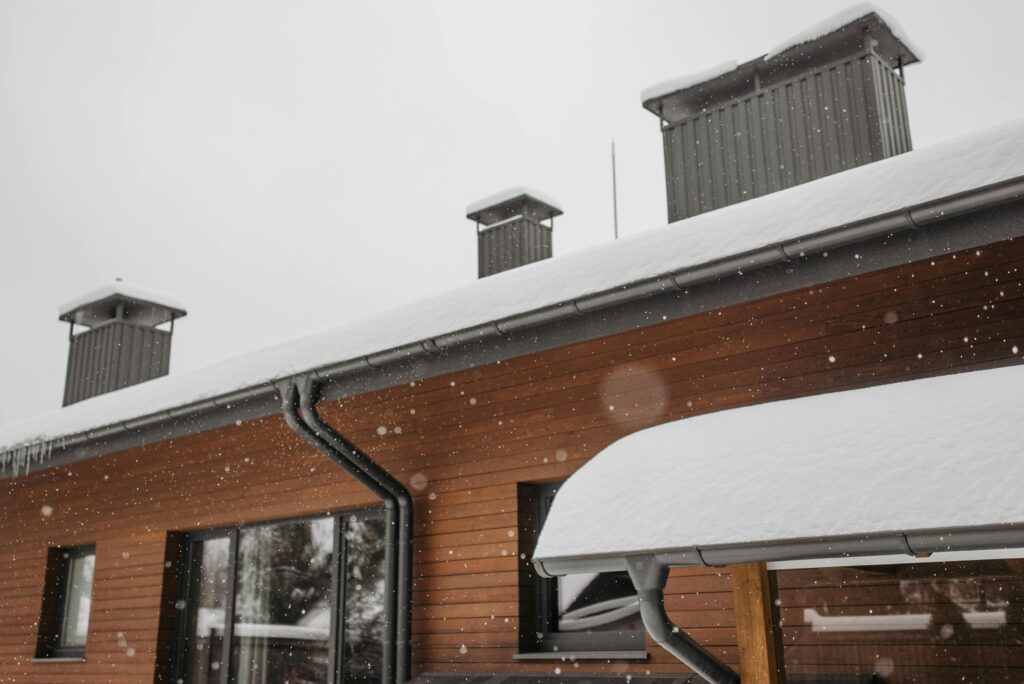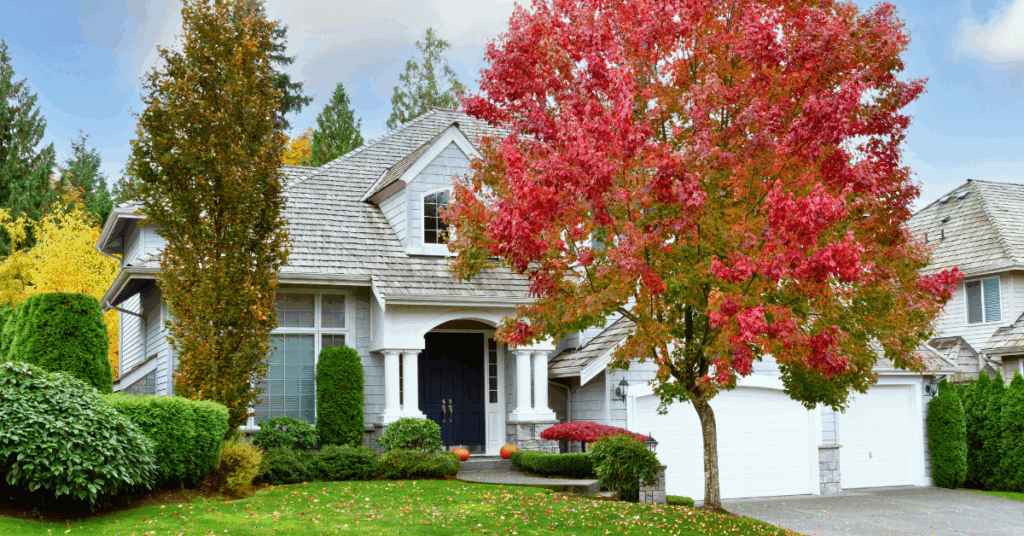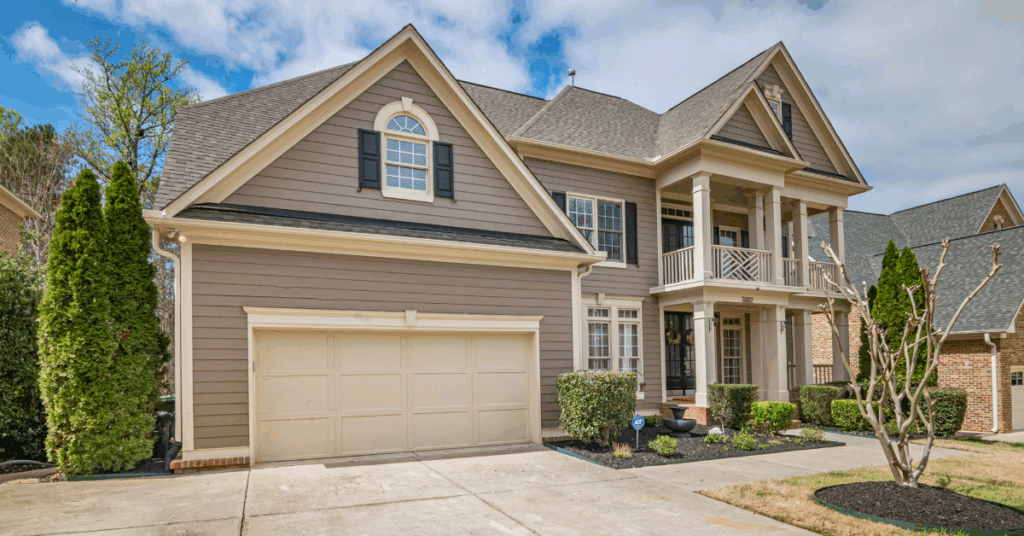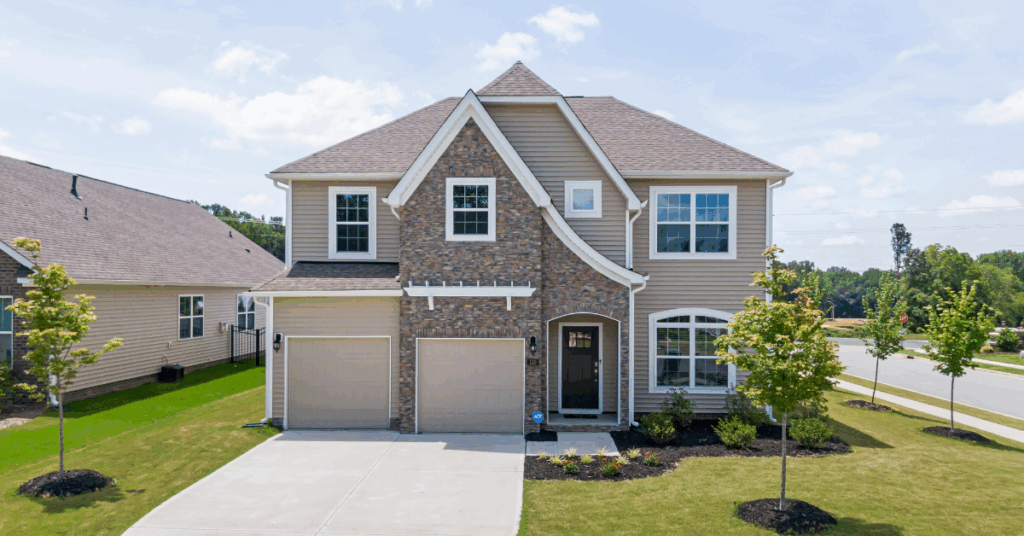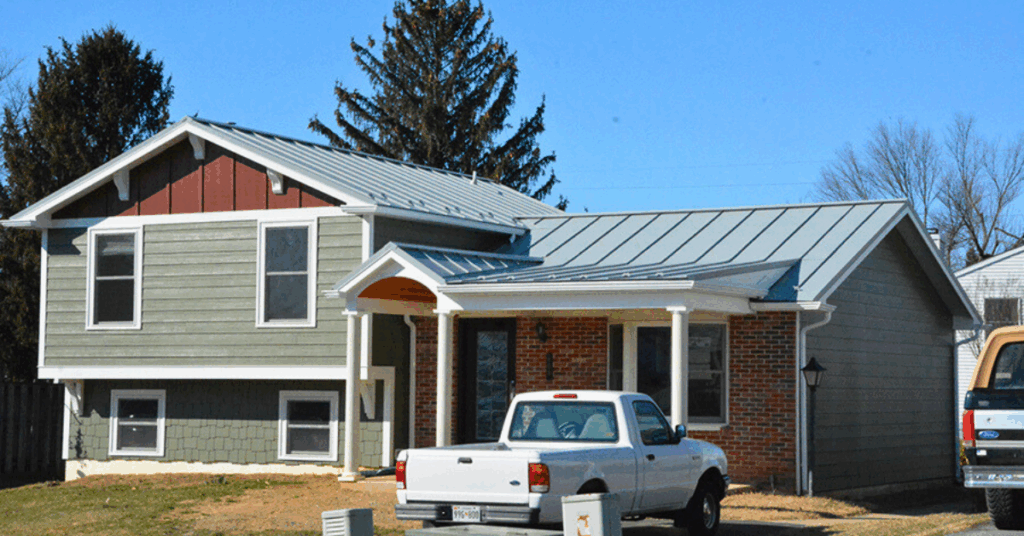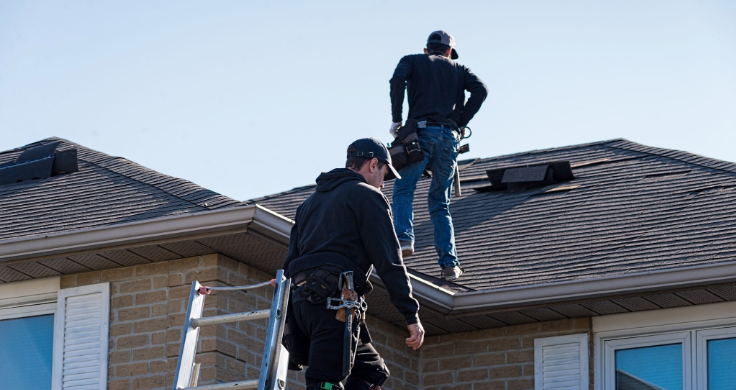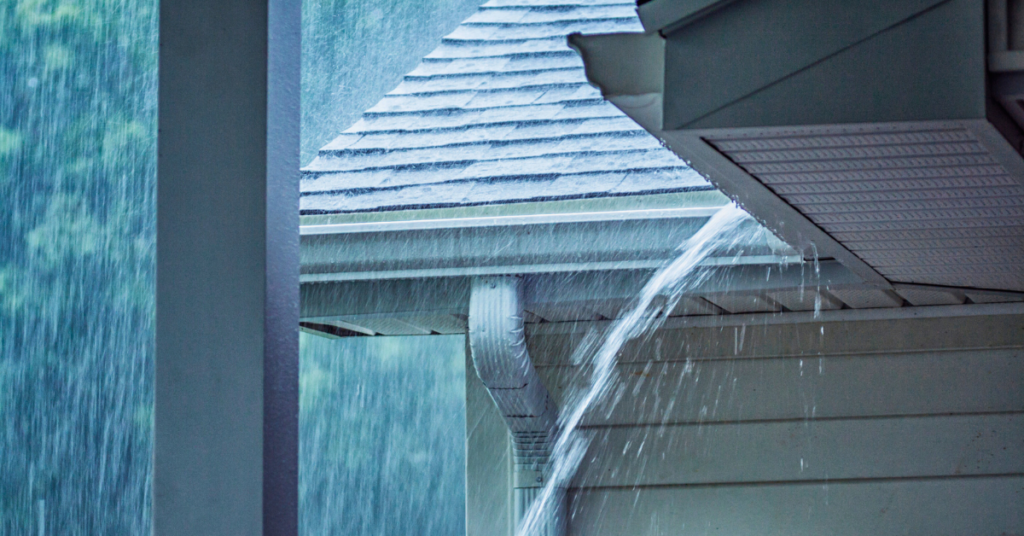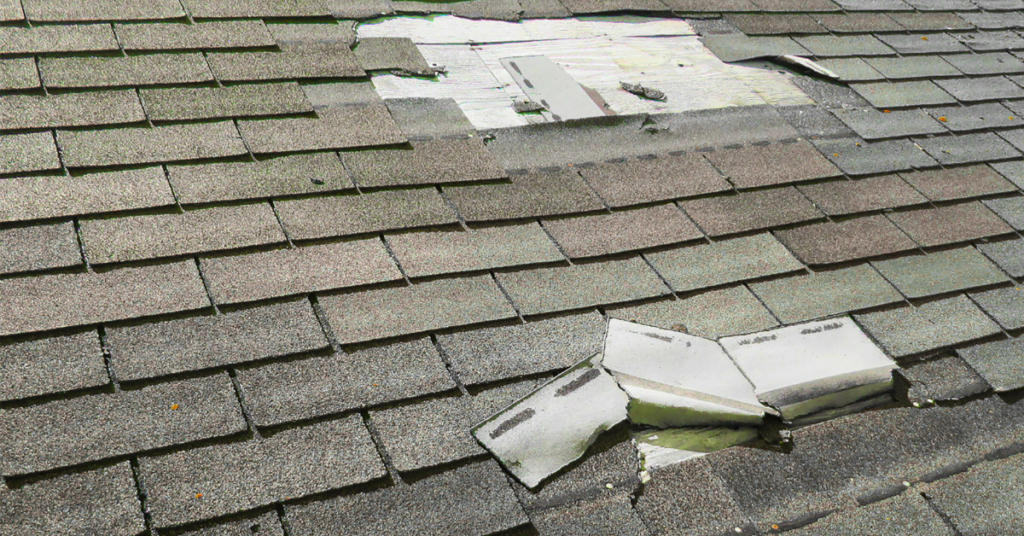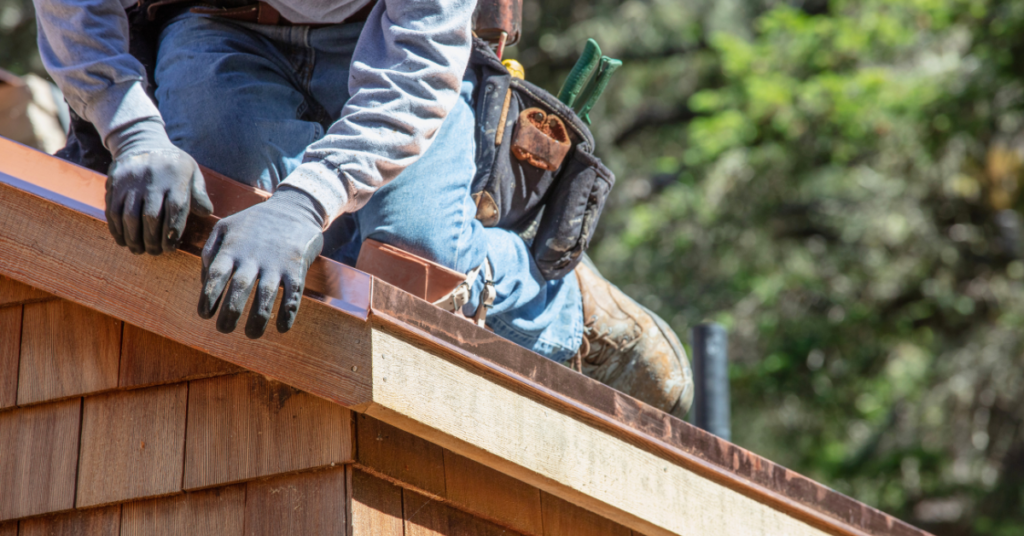November 13, 2025 in Roofing, Tips
Winter Roof Inspection: Is Your Roof Ready for Ice & Snow?
Winter roof damage can cause costly problems. Best to be proactive!
Snow. Sleet. Freezing rain. They have two things in common: They are all characteristic of winter weather and none of them stand a chance against a well-built roof. That is, unless the homeowner has neglected to show care and attention to their roof. If there are cracks in the armor, these frigid elements can take a serious toll. That’s why a winter roof inspection and preventative measures are so crucial to your comfort and well-being this winter.
So what proactive steps can you take to make sure your roof is ready? We’re glad you asked!
Common Winter Roofing Problems
Ice Dams
No, we’re not talking about gargantuan Hoover Dam-sized blocks of ice. We’re talking about snow and ice that has melted due to your attic’s heat, only to be refrozen in your eaves. It’s one of the most common issues roofs face during the winter, and one of the most damaging. Why? Because this trapped ice can loosen shingles, allowing water to infiltrate your walls and attic.
On top of the threat of water infiltration is the effects of the additional weight on your gutters. It can cause strain that leads to sagging and even breakage, a common cause of winter roof damage.
Heavy Snow Loads
To expand on the effects that added weight can have on your roof, consider this: If ice in your gutters can cause issues, what kind of damage can several inches of snow covering your entire roof cause? The white powdery stuff that falls from the sky looks pretty and serene, but settling on a surface that isn’t equipped to handle it is a recipe for disaster.
If left unaddressed (especially on older roofs), unnecessary stress is placed on your roof, and you even face the possibility of structural integrity being reduced. Prompt roof snow removal is in order, no?
Freeze-Thaw Cycles
This is Maryland, baby. You know what that means? It means we can be enjoying spring-like weather, head inside to grab a lemonade, and walk out the door into a full-on blizzard. There’s just no telling what mother nature has in store for us from moment to moment.
It’s due to this erratic weather behavior that we need to be vigilant regarding our rooftops. Constant freeze-thaw cycles mean water can seep into cracks and refreeze in inconvenient places. Maybe ice forms inside a small crack that, as a result, becomes a big crack. Let that progress far enough and you’ve got an expensive problem on your hands. Moisture infiltration in your walls can damage insulation and your ceilings, both of which are a major headache.
How to Prepare Your Roof for Winter
Alright, we’ve spent plenty of time dooming and glooming while talking about what could go wrong. Time to turn fortune in your favor and discuss what can be done to prevent it, starting with a homeowner winter roof inspection.
- Inspect Shingles, Gutters, and Flashing: Keep your eyes peeled for damaged shingles, cracked flashing, and loose gutter connections. Address them as you notice them rather than putting them on the backburner.
- Clear Blockages and Debris: Leaves, sticks, and other buildup have no business hanging out in your gutters. Tell them to find another place to congregate and evict them.
- Check Attic Insulation and Ventilation: Great insulation is key to maintaining warm temperatures within the rooms you spend time in. Additionally, it prevents your attic from becoming too warm, which may lead to the aforementioned ice dams.
Take these precautions and you’re reducing your winter workload (and stress levels). Sure, you may still have to worry about roof snow removal if it gets too hefty, but rest easy knowing you’ve prevented ice dams and the like.
When to Call a Professional
There are certain home repairs that are perfectly okay for you to perform as the homeowner. However, there are several that should be left to the professionals. Water stains, sagging areas, and even excessive icicles (though they look cool) are signs that you should call in the pros. At PJ’s Roofing, we’ve performed a winter roof inspection or four-hundred. Honestly, we don’t know the number, but it’s a lot. We’ll be able to use our trained eyes to identify any issues and make the necessary repairs.
Schedule a Winter Roof Inspection Now
There are plenty of things to worry about during the cold winter months. “Is the driveway shoveled?” “How’s the HVAC doing?” “Did we get enough hot chocolate?” You don’t want another stressor on your plate, so why not take care of it before mother nature starts sneezing snow all over us?
For all your winter roof inspection and repair needs, you know who to get in touch with. We look forward to serving you this winter!

